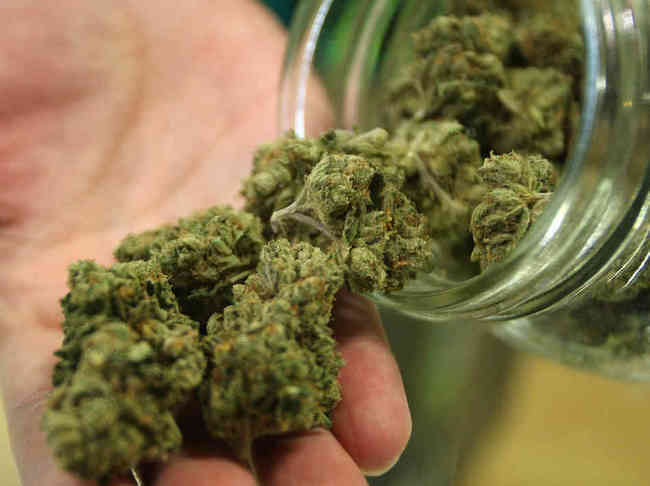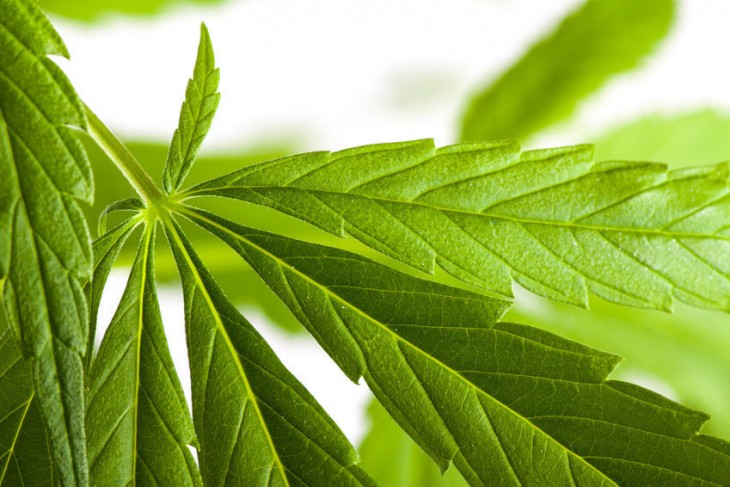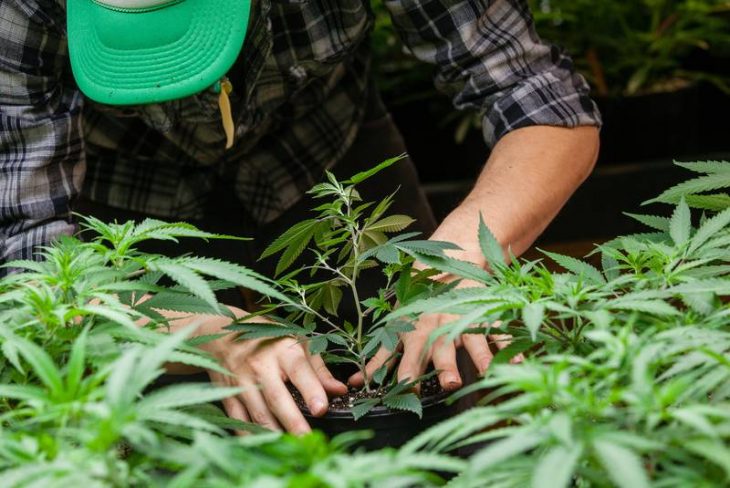Indica and Sativa are known for their assumed effect profiles. People who use cannabis hear Sativa and often think of an energizing and uplifting experience. Those who hear Indica often tings of a heavy stony high and deep relaxation. These labels are used to market cannabis products. But, these terms are more useful for growers than consumers. In terms of cultivation, Sativas are used to describe the plant’s growing physical characteristics, tending to be taller and skinnier, with long skinny leaves and a longer flowering stage. Meanwhile, Indicas are shorter and bushier with broad leaves.
What About Hybrids?
Each season, growers are looking to produce new strains from various genetics. Typically, such strains are grown to increase certain effects in the marijuana plant. These include certain THC/CBD ratios or terpene profiles. This allows consumers to precisely determine the strains that fit their needs. Hybrids are a crossbreed combination of Indica and Sativa plants.
Understanding Strain Effects
In general, Sativas are more invigorating and energizing while Indicas are more calming and relaxing. But, every plant can produce varying effects, even in the same cannabis strains. It is imperative to pay attention to the chemical makeup of the plant instead of looking at Sativa and Indica. While strains produce similar effects, different phenotypes can change this. The effects of cannabis have to do with its terpenes and cannabinoids.
What Exactly are Cannabinoids?
The cannabis plant has a lot of chemical compounds called cannabinoids. These compounds are responsible for a lot of the effects of cannabis. The two most recognized cannabinoids are cannabidiol (CBD) or tetrahydrocannabinol (THC). CBD is not a psychoactive compound but it shows the potential to reduce pain and nausea, as well as prevent seizures, and relieve migraines. Meanwhile, THC is the main psychoactive compound in the marijuana plant. It produces the “high” or a state of euphoria.
What are Terpenes?
New data suggests that terpenes may be just as beneficial and effective as cannabinoids. The terpenes in the marijuana plant have a direct effect on its odor. Also, they could be responsible for some qualities produced by a certain strain and its effects. Some of the known terpenes in the plant include:
-
Caryophyllene. This terpene is usually described as spicy. It may help reduce anxiety, help ulcers, or relieve depression.
-
Bisabolol. This is believed to decrease inflammation and irritation. Also, it could have microbial and pain-relieving properties
-
Eucalyptol. This is a refreshing and invigorating terpene found to help reduce inflammation and combat bacteria.









